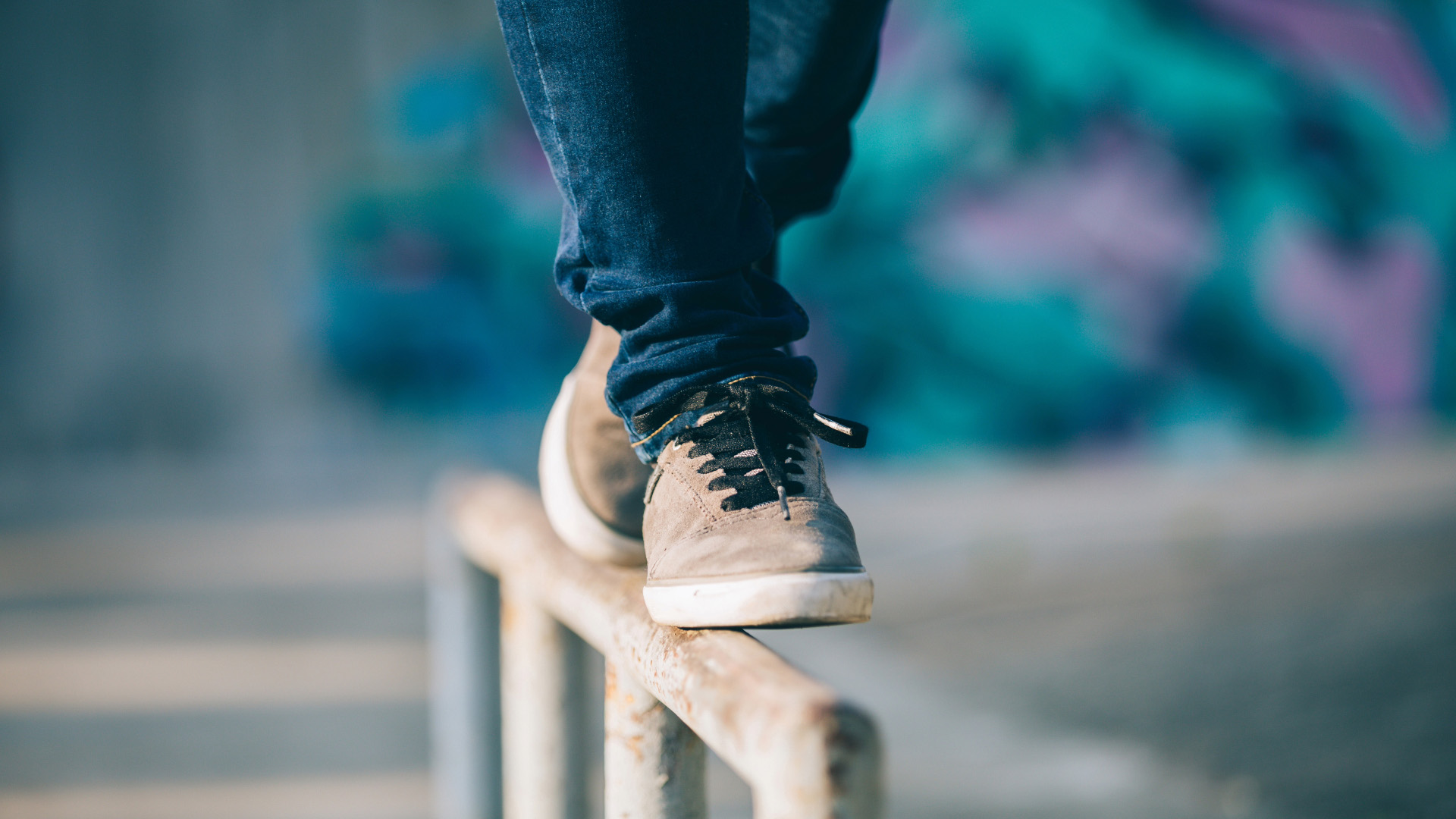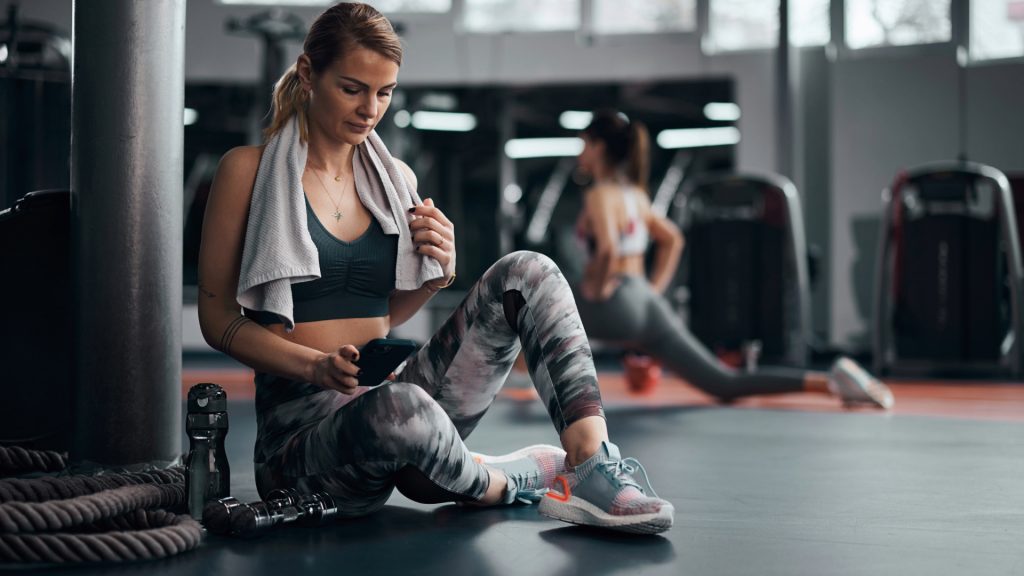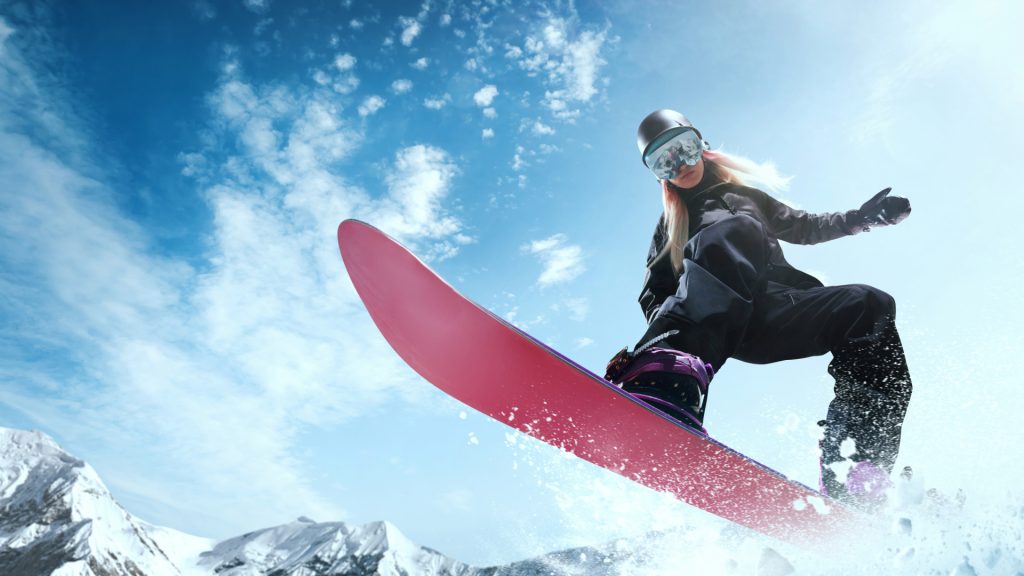
Among the various skills to be trained, there is also balance. Instability, postural alterations, falls or repeated injuries on the same side of the body are different problems arising from a single problem: lack of balance. Knowing the factors that regulate it and how to train it is essential to prevent injuries and improve daily activities and even sports performance.
What are the systems in the body that regulate balance:
Balance is a complex process that is regulated by the nervous system, thanks to the sensory information constantly sent by the visual system (sight), the vestibular system (inner ear), and proprioception (position of the joints in space).
This triad of sensory information is likened to a GPS.
Balance is regulated by different centers in the brain that modulate and adapt posture and movement through involuntary reflexes. The reflexes are intended to regulate the tone of the Lhe muscles, which allow us to remain standing (anti-gravity muscles), mainly the extensor muscles of the spine and the upper and lower limbs.
Balance is stable and effective when our body is able to remain in the base of support (center of gravity) while all the deviations of the body segments that make this task difficult make us unstable.
Not everyone uses the senses in the same way, which is why there will be people who use the visual canal more, others the vestibular system to balance without visual information or many others instead balance more with proprioceptive information deriving from the positions of the joints.
In summary, balance is a dynamic system that regulates the position of the head, spine and foot support to efficiently carry out daily activities and sports motor gestures.
When do people have little balance?
These are people who have an alteration in sensory information derived from vision, inner ear and joint proprioception, which do not allow the body to find effective strategies to balance itself in relation to the external environment.
There are many pathologies that can affect balance, such as dizziness, dizziness, etc., but in these cases it is always necessary to contact a specialized professional.
What happens to people who have little balance:
A person who has little balance must find a series of functional compensations to balance themselves, which turn into alterations in posture and daily activities
In addition, there may be changes in muscle tone in certain parts of the body, joint overload, hypervigilance in movements, anxiety, stress.etc
A person who uses their sight a lot to balance themselves will use much less information from the vestibular or proprioceptive system, so they will have a lot of difficulty staying on unstable surfaces where the information comes from the vestibular and proprioceptive systems of the foot.
On the contrary, people who make more use of the information derived from proprioception or vestibular will find it difficult to balance in the conditions where vision is the main source of information.
How to train your balance:
Balance training is normally performed through asymmetrical exercises and on unstable surfaces that allow you to adapt the body to unbalanced positions and make it capable of finding strategies to balance yourself in different situations.
But this is not the only strategy and in many cases it can be counterproductive. For this reason, Tepy App has created specific protocols for balance training that will be chosen according to the needs of the subjects.
Balance training must take into account several aspects:
- the support of the foot, focus on the distribution of the weight of the body throughout the foot, in the breech tripod (heel, 1 toe and 5 toes)
- Identify joints with stiffness and poor mobility and implement joint mobilization strategies to improve mobility and motor control.
- Perform exercises that are predominantly unilateral and asymmetrical and with a reduced base of support of the lower limbs.
- Dynamic exercises with your eyes closed or with low light or visibility
- Exercises with head movements in different directions
- Exercises with perturbing stimuli in the upper limbs
- Exercises on unstable surfaces underfoot
Adequate training, tailored to individual needs, is essential to improve balance, prevent injuries and falls, and make daily activities and sports performance more effective. Exploiting strategies such as asymmetrical exercises, diversified sensory stimuli and unstable surfaces can stimulate the nervous system to find new postural control strategies. We therefore encourage everyone to devote time and attention to their balance, in order to achieve short- and long-term benefits.


